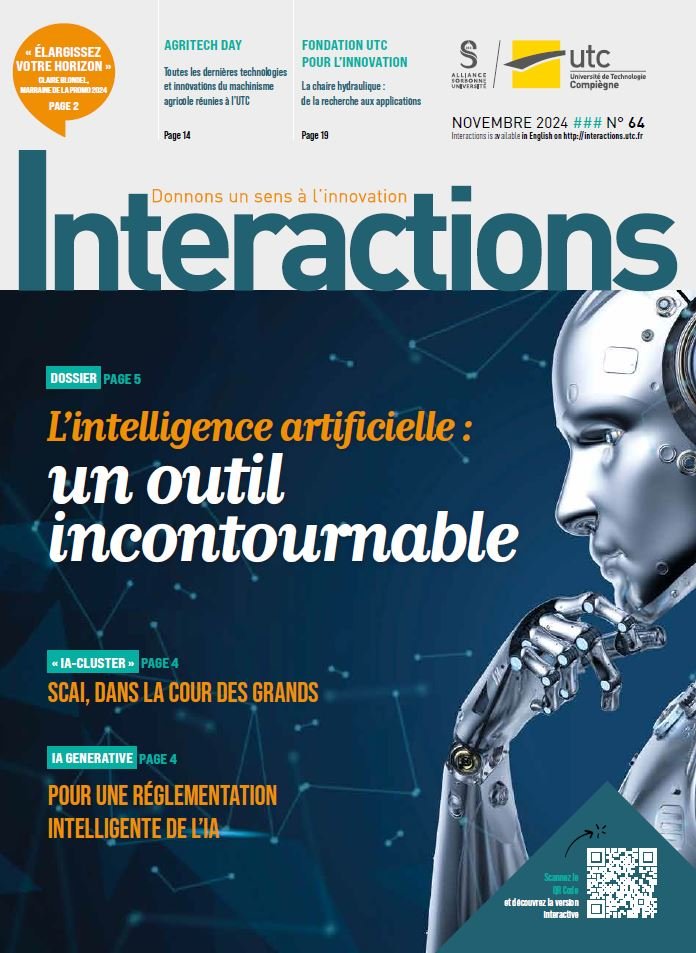TactOse for participatory research

Amandine Legry, a student in the Hutech course, is doing her end-of-engineering diploma course internship at UTC-Costech. She is working with Charles Lenay, a professor of philosophy and cognitive sciences, whose research focuses on perceptual substitution and on assistive devices for people with blindness.
What is his role precisely? “It’s a question of perpetuating our links with the blind and visually impaired people living in the Compiègne region. Hence the idea of founding a tripartite association between UTC students, Costech’s teacher-researchers who work on these issues and the visually impaired or blind people of Compiègne and beyond,” explains Amandine Legry.
An idea that Charles Lenay found very appealing. “I have been working for years on projects related to perception and the creation of assistive devices, but I was frustrated to see that, as soon as the project was completed, the blind people with whom we had established human contacts were left, so to speak, out in the cold. We thought that we should remedy this by creating an association that could perpetuate the links but above all mobilise the UTC students.
This is how TactOse — the name found by Ombeline Lheureux -, in other words “Dare to touch”, was born in September 2022, out of a need for continuity between research projects and the human links forged with the blind. Why TactOse? “It’s an allusion to the interfaces with which subjects are equipped. These are tactile interfaces that give them access to digital environments. So, when the subject scans the screen with his cursor and encounters this or that shape, he gets such tactile feedback that he has the impression of touching the shapes,” he adds.
This initiative is entirely in line with the approach within the ‘Health Care’ axis. “It is not a question of imposing technology on people and forcing them to accept it, but of setting up the conditions for participatory research with blind people, young people and researchers in order to carry out meaningful actions together,” he stresses.
This initiative has also attracted the attention of the National Institute for Young Blind People and the apiDV association (Accompagner, Promouvoir, Intégrer les Déficients Visuels). Among the objectives of these associations? “They work, among other things, to encourage and assist the integration of adults into the world of work and young people into the education system and create mechanisms to help young blind people access higher education, for example,” says Amandine. Beyond the research carried out, Charles Lenay and Amandine Legry add a dream: “To make the UTC a “Blind Friendly” place”.
In concrete terms? “It is a question of working on two main axes. The first one concerns the sensitization of both teachers and administrative staff who would have to work with blind or visually impaired students. Even if, when we talk about digital accessibility for example, it certainly does not only concern the blind but also people with other disorders such as language disorders, etc. Hence the importance of creating specific content to facilitate their integration into the school. The second is the training of engineers. We are taught how to handle lots of tools and develop technology, but there is no teaching on the laws governing disability,” concludes Amandine Legry.




